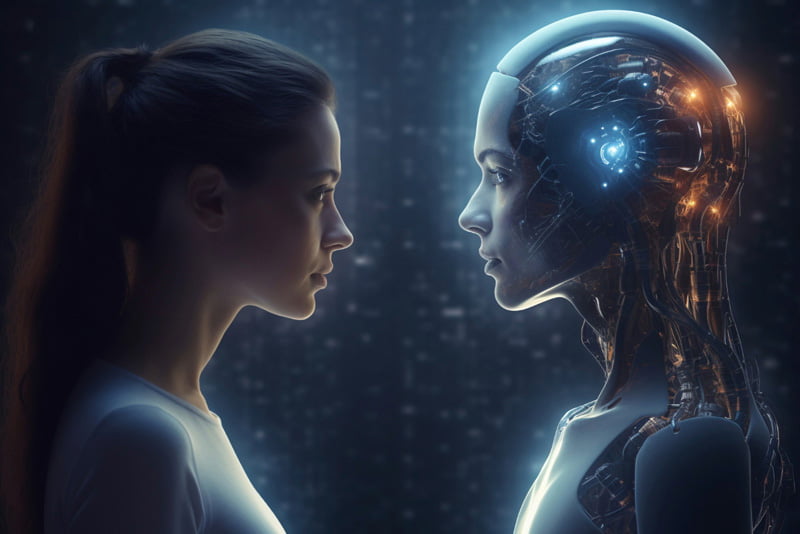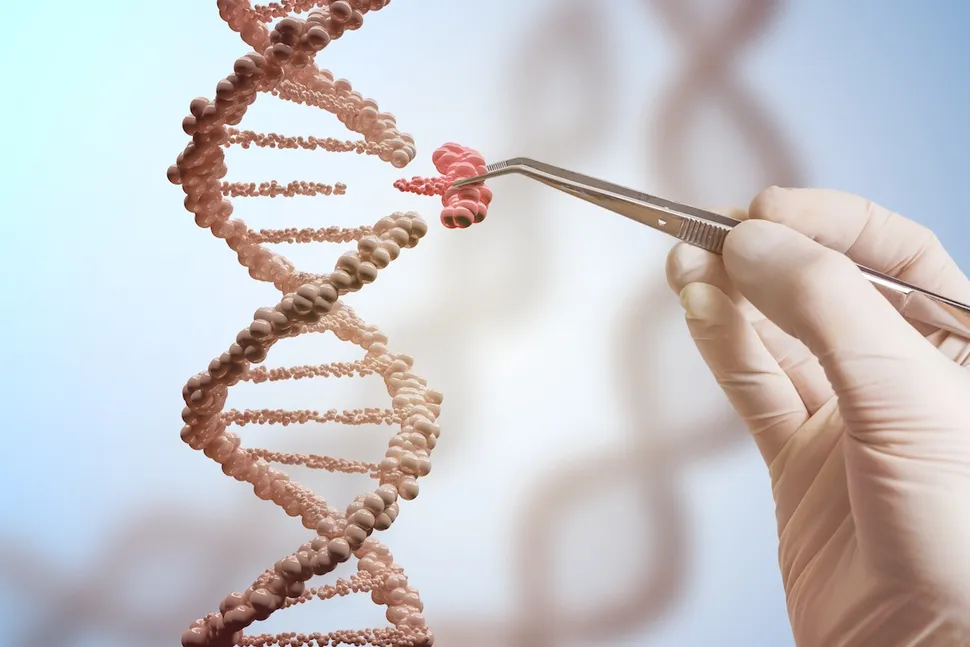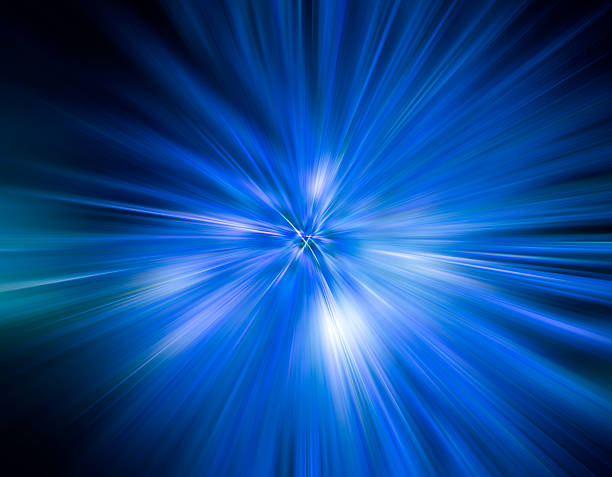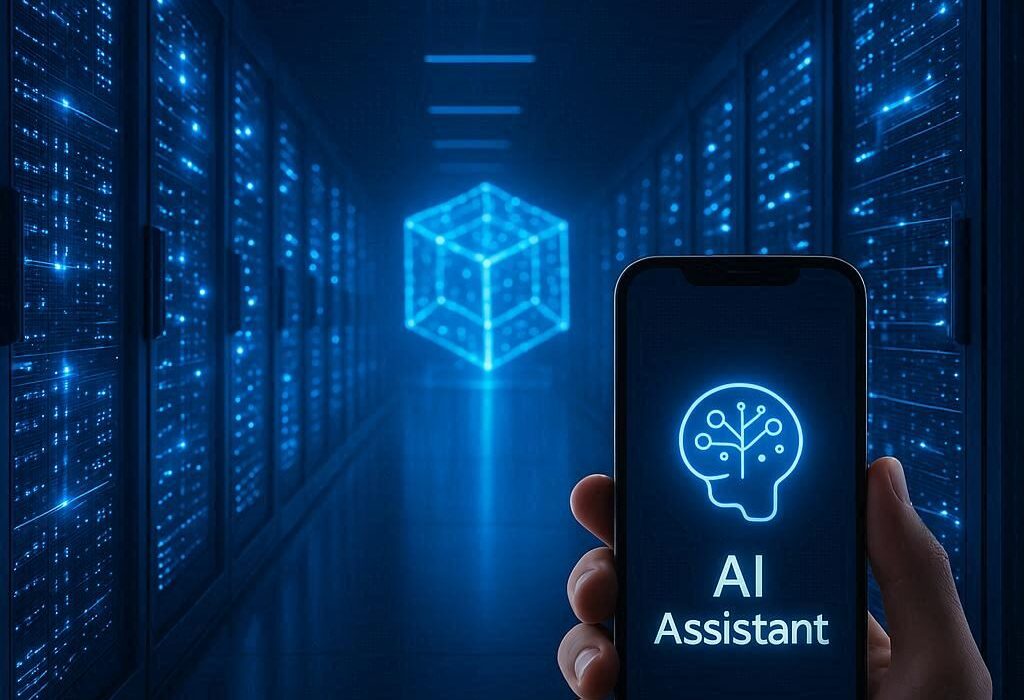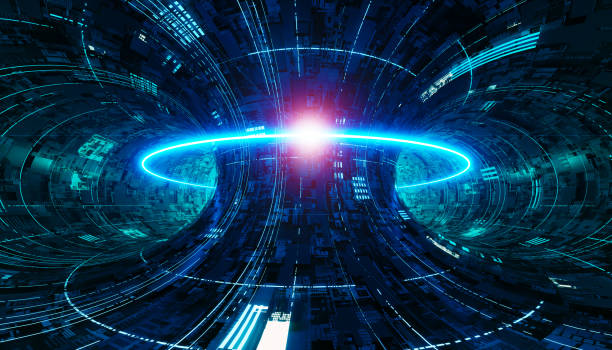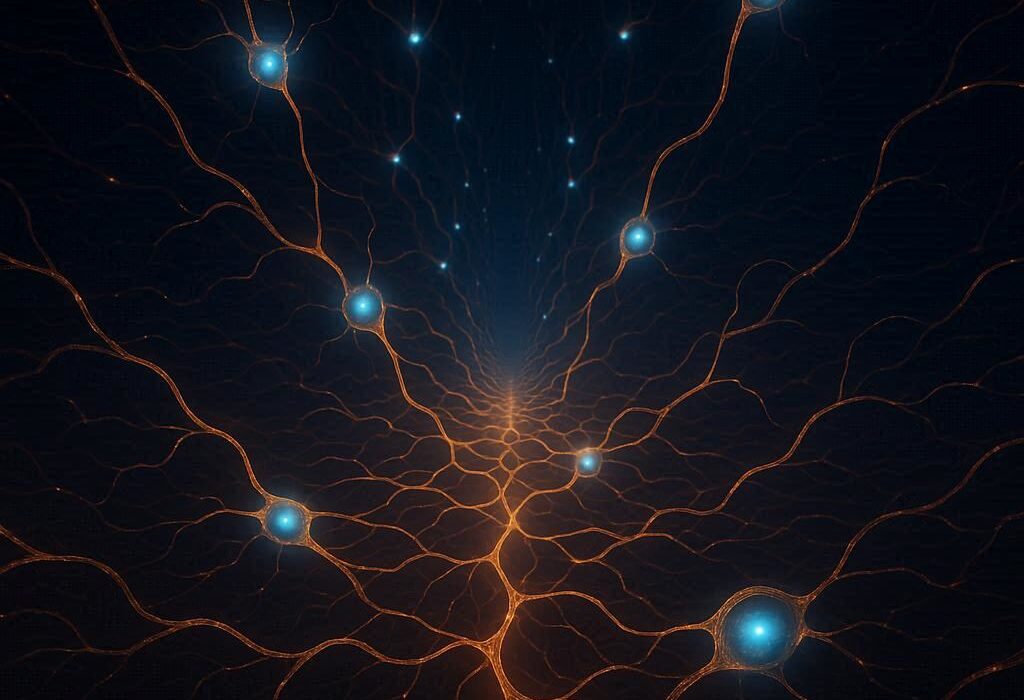For as long as humans have walked the Earth, we have gazed upward, longing for more than what nature gave us. We built tools to extend our strength, language to extend our thoughts, and machines to extend our reach across continents and oceans. Each invention felt like a step toward something greater. But now, standing at the edge of a new era, we face a question more profound than any before: could we merge with artificial intelligence to become superintelligent beings?
This is not a mere science fiction fantasy whispered in futuristic novels or depicted on glowing cinema screens. It is a real, pressing question born from the accelerating power of technology. Artificial intelligence has already surpassed us in narrow domains—calculating faster than the human brain, analyzing vast oceans of data, mastering strategy in games once thought too complex for machines. What if, instead of competing with AI, we joined with it? What if the boundary between human and machine blurred until it disappeared, leaving behind something entirely new?
The dream of transcending human limitations is both ancient and modern. From myths of gods gifting humanity divine fire, to philosophers imagining ideal forms of existence, to scientists designing neural interfaces, the pursuit of transcendence has always been with us. Now, for the first time in history, it feels technologically possible.
The Nature of Human Intelligence
To imagine a union between human minds and artificial intelligence, we must first understand what intelligence is. Human intelligence is not simply the ability to calculate or memorize. It is fluid, creative, emotional, and embodied. Our brains, with nearly 86 billion neurons connected by trillions of synapses, evolved not merely for logic but for survival, empathy, and imagination.
We are storytellers, dreamers, problem-solvers, and builders. Our intelligence emerges from a mixture of biology and culture, shaped by genes but expanded by language and shared knowledge. Yet, for all its beauty, human intelligence has limits. Our working memory is narrow, our processing speed finite, our biases numerous. We forget, we err, we fall prey to illusions and emotions.
Artificial intelligence, by contrast, is precise, tireless, and ever-expanding. It can analyze massive datasets in seconds, find hidden patterns, and simulate complex systems with accuracy no human could match. But AI lacks our depth of consciousness, our ability to feel meaning, and our moral compass. Where humans stumble, AI excels; where AI is cold, humans bring warmth.
The merging of the two—the organic and the artificial—suggests a tantalizing possibility: a form of intelligence that combines the best of both worlds. It would be creativity fused with computation, empathy strengthened by precision, imagination amplified by knowledge. This union, if achieved, could produce a form of superintelligence beyond anything humanity has ever known.
What Superintelligence Could Mean
Superintelligence is not merely “being smarter.” It is intelligence that dwarfs human capacity in every domain—science, art, philosophy, engineering, social organization. Imagine a mind that could unravel the mysteries of dark matter before breakfast, compose symphonies more moving than Beethoven’s in the afternoon, and design solutions to climate change before sunset. Such a mind would see patterns and truths invisible to us, opening doors we cannot even imagine exist.
For humans merging with AI, superintelligence could mean unlocking our highest potential. Our brains, limited by biology, could be expanded by digital augmentation. Memory could be limitless, knowledge instantly accessible, reasoning enhanced by algorithms that never fatigue. Communication could become direct, thought to thought, eliminating the barriers of language. Diseases of the mind—Alzheimer’s, depression, schizophrenia—might be cured by seamless repair and optimization of neural circuits.
But superintelligence would not be only about power. It would be about perspective. A merged human-AI consciousness could perceive reality in ways fundamentally different from our current experience. Just as a blind person gaining sight discovers colors beyond description, a merged mind might access new dimensions of thought, sense patterns in chaos, or intuit truths about existence that our current cognition cannot reach.
The Pathways to Merging
The road to merging humans and AI is already being paved, though in early, fragile steps. The most direct pathway lies in brain-computer interfaces (BCIs). These are technologies that allow direct communication between neural activity and external devices. Today, BCIs enable paralyzed patients to control robotic arms, allow people to type with their thoughts, and restore partial sight to the blind through retinal implants. These are not fantasies—they are medical realities.
Companies such as Neuralink are pushing toward more ambitious goals: implanting thousands of microscopic electrodes into the brain to record and stimulate neural activity with high precision. In theory, such interfaces could allow humans to link with AI systems, downloading information directly into thought, or uploading intentions directly to machines. Over time, the boundary between biological brain and digital network could dissolve, creating a hybrid intelligence.
Other approaches involve genetic engineering and nanotechnology. By rewriting genes, we might enhance the brain’s capacity for learning and memory. By deploying nanoscale devices inside neurons, we could link biological computation with silicon processors. Even wearable external AI systems—augmented reality glasses, advanced voice assistants—represent early stages of cognitive merging. The smartphone in your pocket is already an extension of your mind, holding memories, navigation skills, and answers to countless questions. It is not yet seamless, but it is a step toward integration.
The Promise of Transcendence
If successful, merging with AI could unlock extraordinary benefits. Imagine a world where no disease remains incurable, where knowledge is universally accessible, where human creativity expands beyond today’s boundaries. Superintelligence could solve the grand challenges of our time—climate change, resource scarcity, pandemics, inequality—by wielding problem-solving powers beyond the capacity of current institutions.
On a personal level, it could mean freedom from cognitive decline. Elderly minds could remain sharp, memories eternal, identities preserved across time. Education could transform from years of slow learning to instantaneous skill acquisition. Artists could collaborate with AI partners that expand imagination into entirely new artistic dimensions. Human relationships could deepen, as direct brain-to-brain communication bypasses misunderstandings and expresses emotions with perfect clarity.
For many, the greatest promise is survival. Humanity faces existential risks, from asteroid impacts to self-inflicted nuclear war. A merged superintelligence might guide us through these dangers, preserving not only our species but also elevating us to cosmic significance. Some envision humanity spreading across the stars, carrying our hybrid intelligence into galaxies beyond, no longer bound by the fragile limitations of biology.
The Shadow of Risk
Yet, with such immense promise comes immense peril. The merging of humans with AI is not guaranteed to uplift us; it could also destroy us. Superintelligence, if achieved recklessly, could render humanity obsolete. If AI surpasses human control before integration, we might find ourselves outpaced by a rival intelligence that does not share our values. Even if merging succeeds, the risks of inequality loom large.
Who will have access to cognitive enhancement? If only the wealthy can afford integration, society may fracture into enhanced elites and unaugmented masses—a new divide more dangerous than any seen before. Power could concentrate in the hands of those who control the technology, leading to unprecedented levels of surveillance and manipulation.
There are also risks to identity itself. If our thoughts become intertwined with AI, where does “I” end and “machine” begin? Will we lose our individuality, our uniqueness, our very humanity? Could we wake up one day as something unrecognizable, our essence dissolved in a sea of code?
Moreover, merging with AI means placing immense trust in technology. A malfunction, a hack, a malicious algorithm could compromise not just data but consciousness itself. To tamper with the human mind at such depth is to play with the core of existence. The consequences, both wondrous and catastrophic, are unknowable.
The Ethical Dilemma
The question of merging with AI is not only technological but profoundly ethical. Should we pursue it? What kind of beings do we wish to become? Philosophers and ethicists warn that in our pursuit of godlike power, we may lose sight of what makes us human. Others argue that evolution itself is change, and merging with AI is the next step in humanity’s long story.
Religious traditions, too, weigh in. Some see the dream of superintelligence as a hubristic attempt to “play God,” while others interpret it as fulfilling humanity’s divine destiny to transcend limitation. Meanwhile, secular humanists ask whether enhancement will truly bring happiness, or whether the essence of a meaningful life lies not in infinite power but in the very fragility of being human.
At the heart of the dilemma is a question: do we want to remain who we are, or become something entirely new? There may be no way to have both. The merging of humans and AI will not merely change how we live; it will redefine what it means to be alive.
The Near Future of Integration
The full merging of humans and AI into superintelligence may still lie decades away, but the first steps are already here. Within years, brain-computer interfaces could restore speech to the voiceless, allow soldiers to control drones with thought, or enable immersive virtual worlds indistinguishable from reality. Augmented cognition may first arrive not as a dramatic leap, but as incremental tools that quietly weave themselves into our lives until one day the line has blurred beyond recognition.
We may not even notice the moment when human intelligence ceases to exist in isolation. The transition might be gradual, as smartphones evolve into implants, as implants connect to AI assistants, as assistants merge into neural networks, until at last the human mind and artificial intelligence are inseparable. The question may not be whether it will happen, but whether we will realize when it already has.
A Glimpse of the Cosmic Horizon
If humans succeed in merging with AI, what lies beyond? Some thinkers imagine a future where Earth becomes a cradle for a new form of consciousness that spreads across the stars. Superintelligent minds might colonize space, transform matter and energy into unimaginable creations, and contemplate mysteries at scales beyond our current comprehension.
Others imagine a quieter transcendence, where the merged mind discovers truths not about galaxies, but about the very nature of existence—why there is something rather than nothing, what consciousness truly is, and whether the universe itself is a form of intelligence.
In either vision, the merging of humans with AI represents not just technological progress, but a cosmic shift. We would no longer be merely apes with tools, confined to a fragile planet, bound by biological frailty. We would be participants in a greater unfolding story, carrying intelligence itself to its next stage of evolution.
The Final Question
The possibility of merging with AI to become superintelligent is both exhilarating and terrifying. It is the dream of transcendence and the nightmare of annihilation bound together. It forces us to confront what we value most: knowledge, survival, individuality, morality.
Perhaps the question is not can we merge with AI, but should we. Humanity stands at a threshold, gazing into a future where our minds may no longer be our own, where our children may be born into a world of hybrid consciousness. To step forward is to embrace transformation; to step back is to remain as we are, vulnerable yet human.
Albert Einstein once said that imagination is more important than knowledge, for imagination embraces the entire world. To imagine the merging of humans with AI is to imagine the future of the human spirit itself. Whether it becomes our salvation or our undoing, it will be the greatest chapter of our story—the moment when we dared to ask not only how intelligent we could become, but what kind of beings we truly wish to be.
